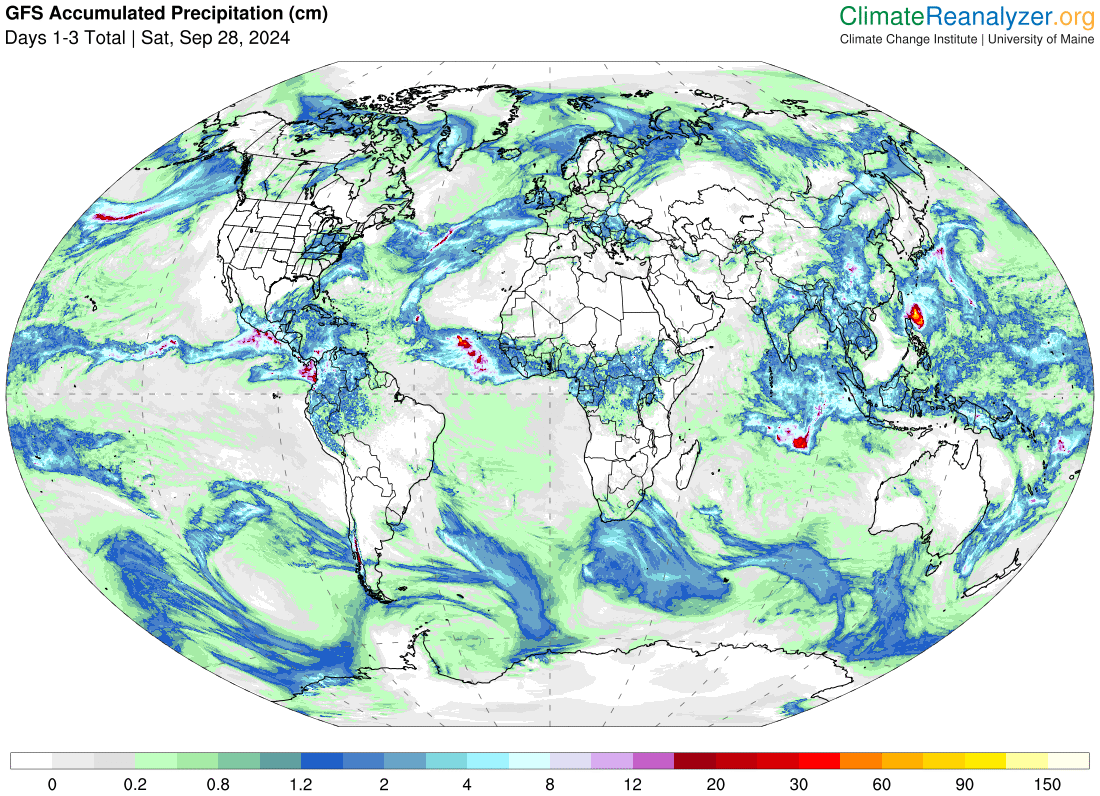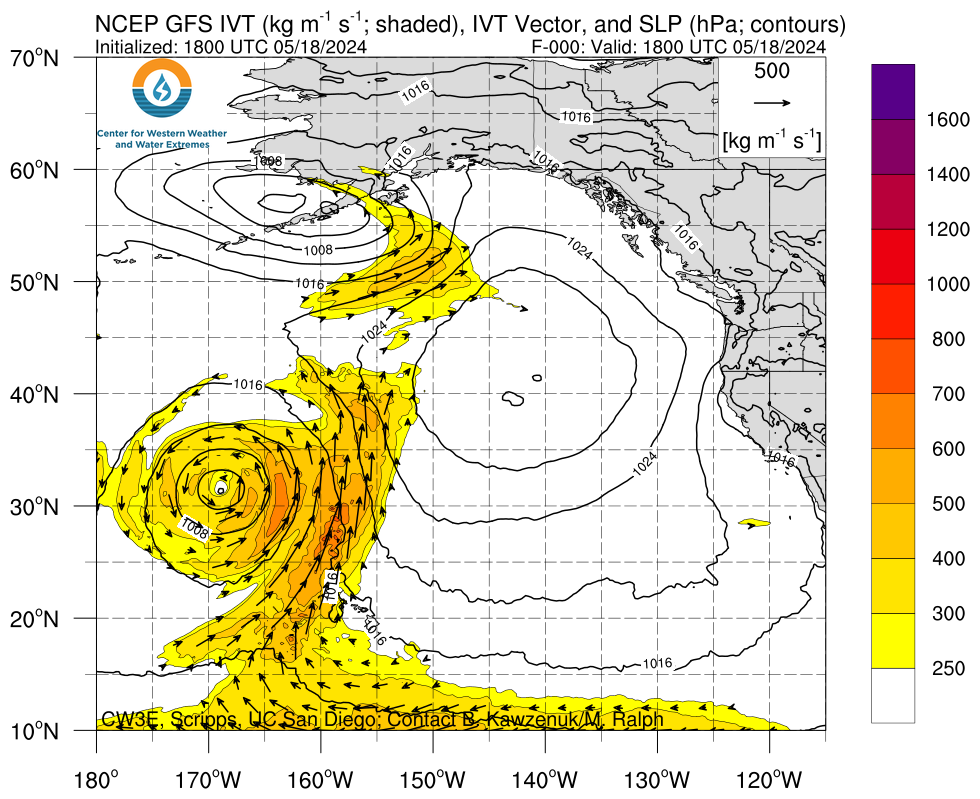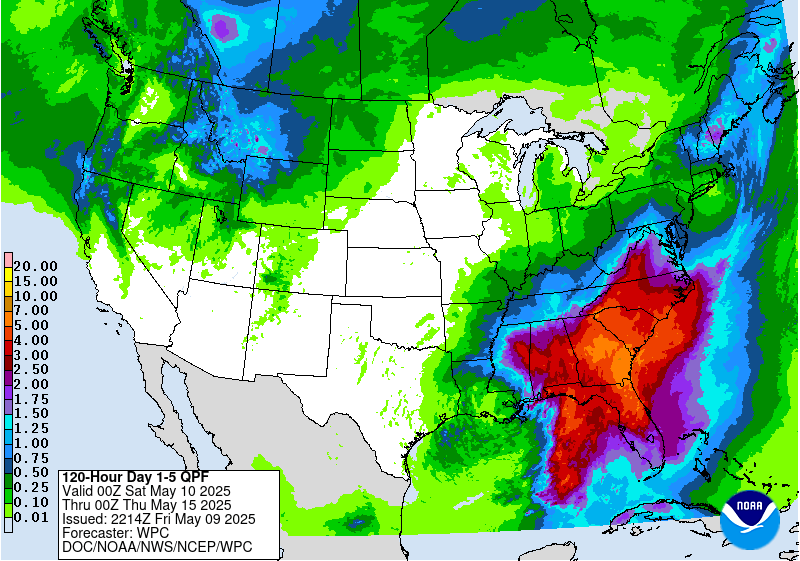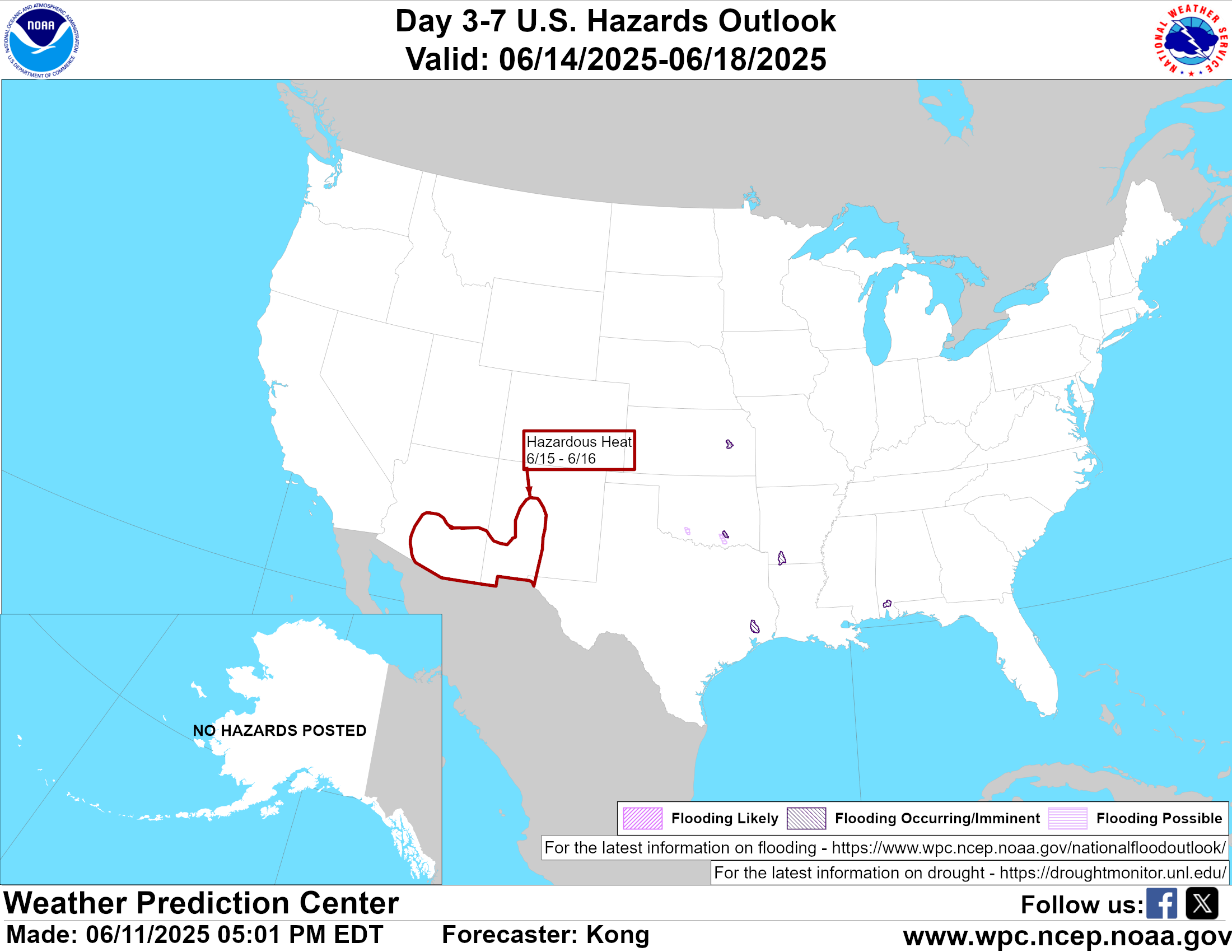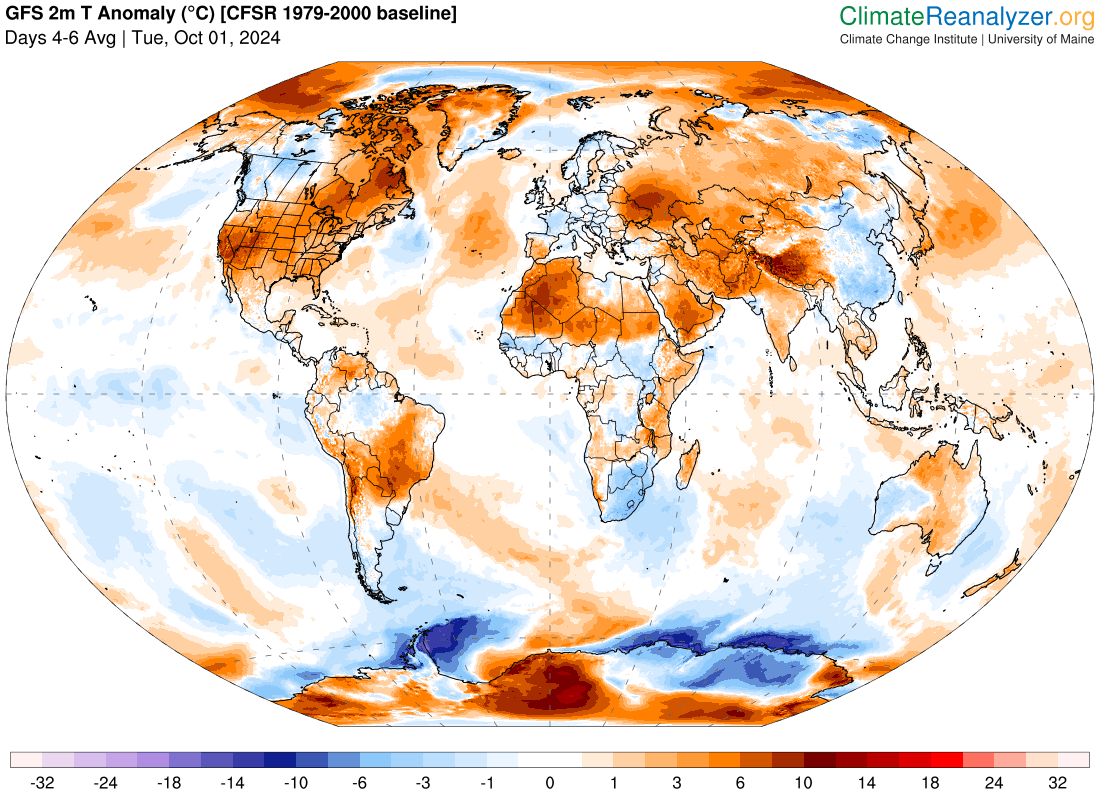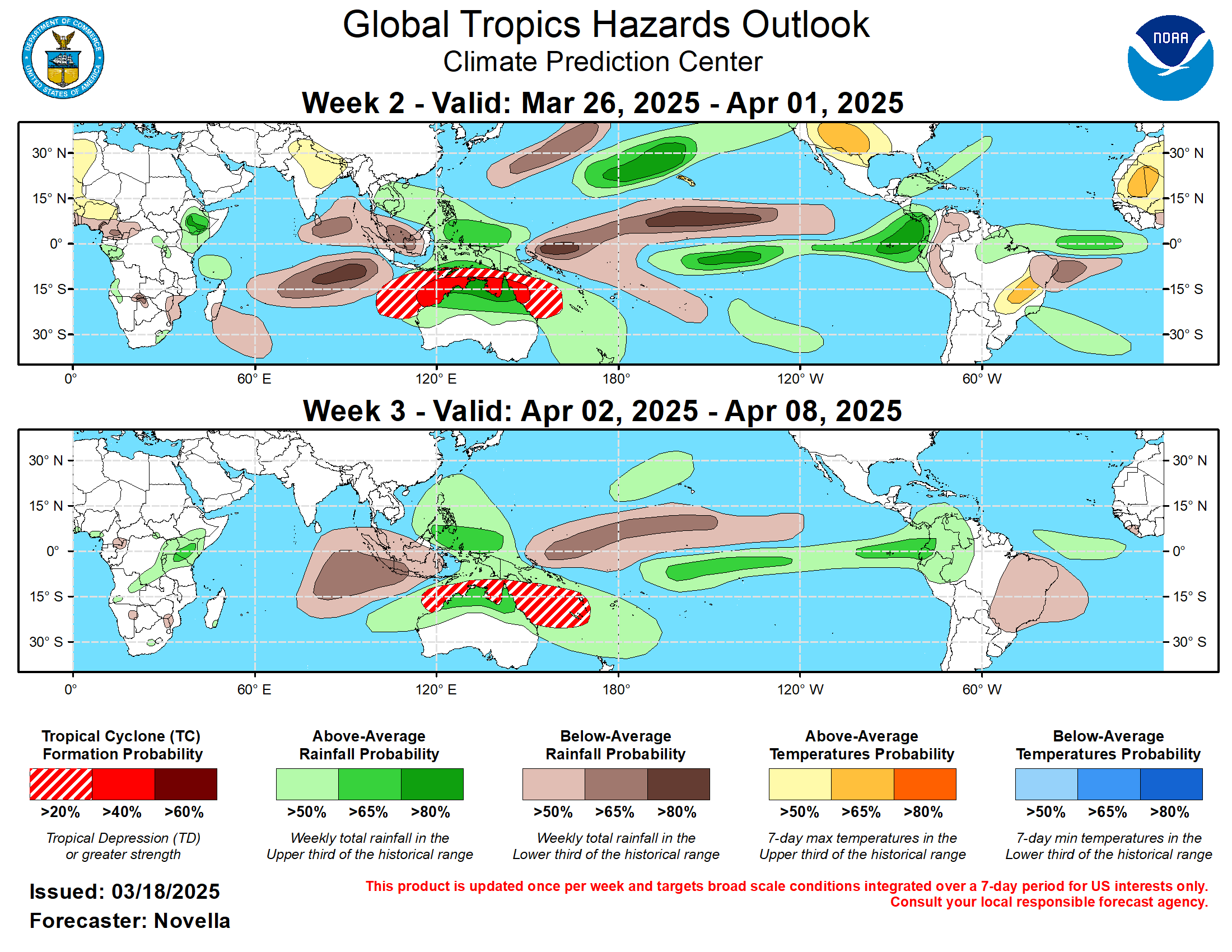This article focuses on what we are paying attention to in the next 48 to 72 hours. The article also includes weather maps for longer-term U.S. outlooks and a six-day World weather outlook which can be very useful for travelers.
First the NWS Short Range Forecast. The afternoon NWS text update can be found here after about 4 p.m. New York time but it is unlikely to have changed very much from the morning update. The images in this article automatically update.
Short Range Forecast Discussion
NWS Weather Prediction Center College Park MD
Sun Sep 01 2024
Valid 12Z Sun Sep 01 2024 – 12Z Tue Sep 03 2024…Areas of heavy rain with the potential for flash flooding across the
south-central U.S. through Labor Day……Unsettled weather across much of the East continues today…
…Well above average, hot late-summer temperatures spread from the
northwestern to north-central U.S. this holiday weekend…Areas of locally heavy rainfall will continue over portions of the
south-central U.S. through the holiday weekend as a couple disturbances
help to drive shower and thunderstorm chances. First, a lingering coastal
low will bring more storms to the western Louisiana and upper Texas Gulf
Coasts today (Sunday) with a Marginal Risk of Excessive Rainfall (level
1/4) and some isolated flash flooding. The low will drift southwestward
Monday (Labor Day), bringing storm chances to the central Texas Gulf
Coast. Meanwhile, additional storms are expected along and to the north of
a lingering frontal boundary draped from north Texas southwest towards the
Rio Grande, with another Marginal Risk area Sunday across southeastern New
Mexico and central/western Texas. An embedded weakness in broader
upper-level ridging aloft will help to encourage more widespread storms on
Monday with a higher threat of heavy rainfall and scattered flash
flooding, especially as soils become wetter given rainfall over the first
part of the weekend. A Slight Risk of Excessive Rainfall (level 2/4) has
been introduced for the Texas Hill Country where this threat is greatest,
with a continued more expansive Marginal Risk across southeastern New
Mexico and Texas. The widespread storms and clouds will keep temperatures
below average through the weekend in the region, with highs generally in
the 80s, and even some 70s on Monday for west Texas and eastern New
Mexico.Showers and storms will also remain in the forecast for much of the
eastern U.S. ahead of a lingering frontal boundary. The heaviest rainfall
is expected today from the southern Mid-Atlantic/Carolinas west through
the southern Appalachians where some isolated flash flooding will be
possible. Locally heavy rainfall will also be possible west through the
Tennessee Valley and into the Mid-South. More scattered, lighter showers
are expected across the Northeast. A second, stronger cold front will
bring drier air by Monday for most locations, though storms are expected
to continue ahead of the front along the Carolina coasts southwest through
Georgia towards the central Gulf Coast. Daily thunderstorms are also
forecast for the Florida Peninsula. Forecast highs today range from the
70s in New England and the Great Lakes/Upper Mid-West to the 80s in the
Mid-Atlantic and Ohio/Tennessee/Middle Mississippi Valleys and 90s deeper
into the Southeast and Lower Mississippi Valley. The passing cold front
will bring the more mild temperatures in the 70s further into the northern
Mid-Atlantic and Ohio/Middle Mississippi Valleys Monday.An upper-level ridge will continue to bring well above average, hot
late-Summer temperatures to the northwestern U.S. today as highs soar into
the 80s to near 90 for the Pacific Northwest and mid- to upper 90s for the
northern Great Basin. Heat Advisories remain in place for portions of the
northern Great Basin given the higher threat for heat-related impacts. The
ridge will shift eastward on Monday, bringing these hotter temperatures
into the northern High Plains with forecast highs in the mid- to upper
90s. Those with plans this weekend should limit their time outdoors or
seek more breaks from the sun in the shade, as well as remember to stay
well hydrated. An upper-level low over the Pacific approaching in its wake
will bring relief to the Pacific Northwest Monday as highs drop into the
70s, and conditions will return closer to average for the northern Great
Basin with highs in the mid-80s to lower 90s. However, strengthening
downsloping winds off the northern Sierra Nevada with the approach of the
upper low on Monday have prompted a Critical Risk of Fire Weather from the
Storm Prediction Center for northeastern California, southeastern Oregon,
and northwestern Nevada. Elsewhere in the West, highs will be closer to
average but still hot, with highs in the 90s for the Great Basin and
interior central California, and 100s for the Desert Southwest. Conditions
will be a bit cooler in the Four Corners region with highs in the 80s, and
a few thunderstorms will be possible today.To get your local forecast plus active alerts and warnings click HERE and enter your city, state or zip code.
Learn about wave patterns HERE.
Then, looking at the world and of course, the U.S. shows here also. Today we are looking at precipitation.
Please click on “Read More” below to access the full Daily Report issued today.
Notices: What would you like to learn about? Please provide that to me via the comment section at the end of the article.
Now more detail on the 48-Hour Forecast (It is a 48 to 72 Hour Forecast actually)
Daily weather maps. The Day 1 map updates twice a day and the Day 2 and 3 maps update only once a day. These maps update automatically. But if that does not happen, you can get updates by clicking HERE
TODAY (or late in the day the evening/overnight map will appear) (Key to surface fronts shown on maps and you will then also be able to insert a city name or zip code and get a local NWS forecast).
TOMORROW
NEXT DAY
We have a new animation of the forecast which shows how things may play out over the next 60 hours. To update click ANIMATION. Doing so will get you to the dashboard. You can then step through the animation or hit LOOP on the upper right of the display. You will have to hit the back arrow ← at the top left on your computer to get back into this article. It is a little more trouble than before but I think NOAA scrapped the animation routine I was using so we have to keep up with “progress”.
The NWS Climate Prediction Center’s: Watches, Warnings, and Advisories plus other information can be found HERE. That takes you to the NWC Severe Weather Site. From there you can select among many categories of information. Remember to hit the back arrow ← at the top left of your screen to return to this article.
ATMOSPHERIC RIVERS
This tells us what is approaching the West Coast. Click HERE to update If I have not gotten around to doing the update. Here is some useful information about Atmospheric Rivers.
Below is the current five-day cumulative forecast of precipitation (Updates can be found HERE)
Ski SnowReports will Resume in the Fall.
Now we look at Intermediate-Term “Outlook” maps for three time periods. Days 6 – 10, Days 8 – 14, and Weeks 3 and 4. An outlook differs from a forecast based on how NOAA uses these terms in that an “outlook” presents information as deviation from normal and the likelihood of these deviations.
Below are the links to obtain updates and additional information. They are particularly useful if you happen to be reading this article significantly later than when it was published. I always try to provide readers with the source of the information in my articles. These links may also be useful for those viewing this article on a cell phone or other small screen.
Days 6 – 10 (shown in Row 1) Days 8 – 14 (Shown in Row 2) Weeks 3 and 4 (Shown in Row 3 but updates only on Fridays) https://www.cpc.ncep.noaa. gov/products/predictions/610day/ https://www.cpc.ncep .noaa.gov/products/predictions/814day/ https://www.cpc.ncep.noaa.gov/products/predictions/WK34/ Showing the actual maps. They should now update automatically. The Week 3 – 4 Outlook only updates on Fridays. So below is what I call the Intermediate-term outlook. On Fridays, it extends out 28 Days. That declines day by day so on Thursday it only looks out 22 days until the next day when the Week 3 – 4 Outlook is updated and this extends the outlook by one additional week.
6– 10
8– 14
3– 4
HAZARDS OUTLOOKS
Click here for the latest complete Day 3 -7 Hazards forecast which updates only on weekdays. Once a week probably Monday or Tuesday I will update the images. I provided the link for readers to get daily updates on weekdays. Use your own judgment to decide if you need to update these images. I update almost all the images Friday Night for the weekend edition of this Weather Report. So normally readers do not need to update these images but if the weather is changing quickly you may want to.
Temperature month to date can be found at https://hprcc.unl.edu/products/maps/acis/MonthTDeptUS.png
Precipitation month to date can be found at https://hprcc.unl.edu/products/maps/acis /MonthPNormUS.png
World Forecast [that website is has been intermittent so be patient]
Below are the Day 1 -3 and 4-6 forecasts for temperature and precipitation. Updates and much additional information can be obtained HERE
World Temperature Anomalies
World Accumulated Precipitation
This information is provided by the University of Maine. They draw upon many different sources. There is a lot of information available at the link provided. I have just provided two useful forecasts. There are probably over a hundred different forecasts available from this source.
Worldwide Tropical Forecast (This is a NOAA Product)
This graphic updates on Tuesdays) If it has not been updated, you can get the update by clicking here Readers will only have to do that if they are reading this article much later than the date of it being published.
Information on Tropical Storms can be found HERE. Western Pacific information can be found HERE. Note that unless there is an out-of-season storm the below images will not update until the National Hurricane Center starts their seasonal update of these maps on June 1. I include them simply because there can be an out-of-season event in which case it should show up in these maps.
–
I hope you found this article interesting and useful. –

